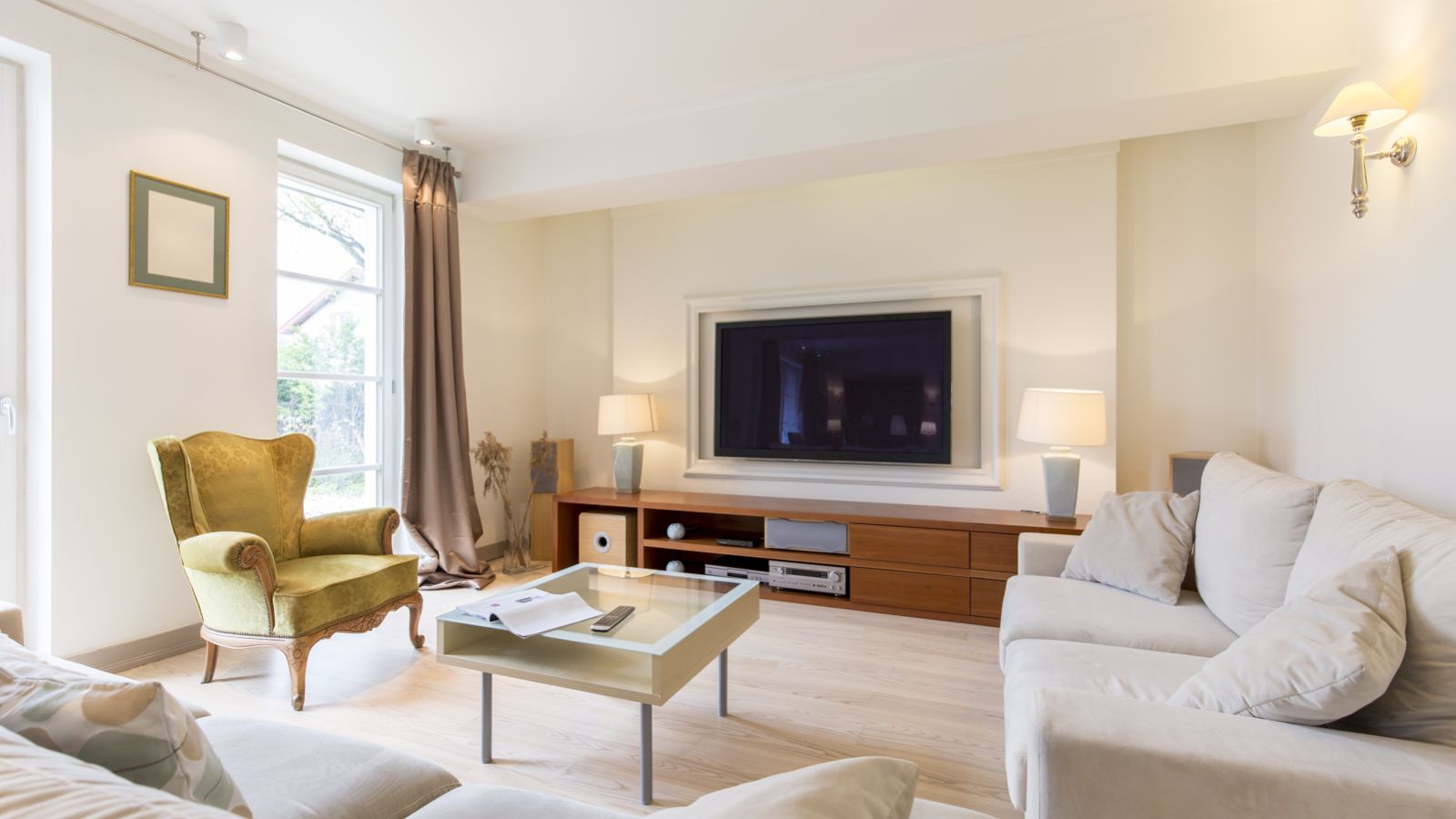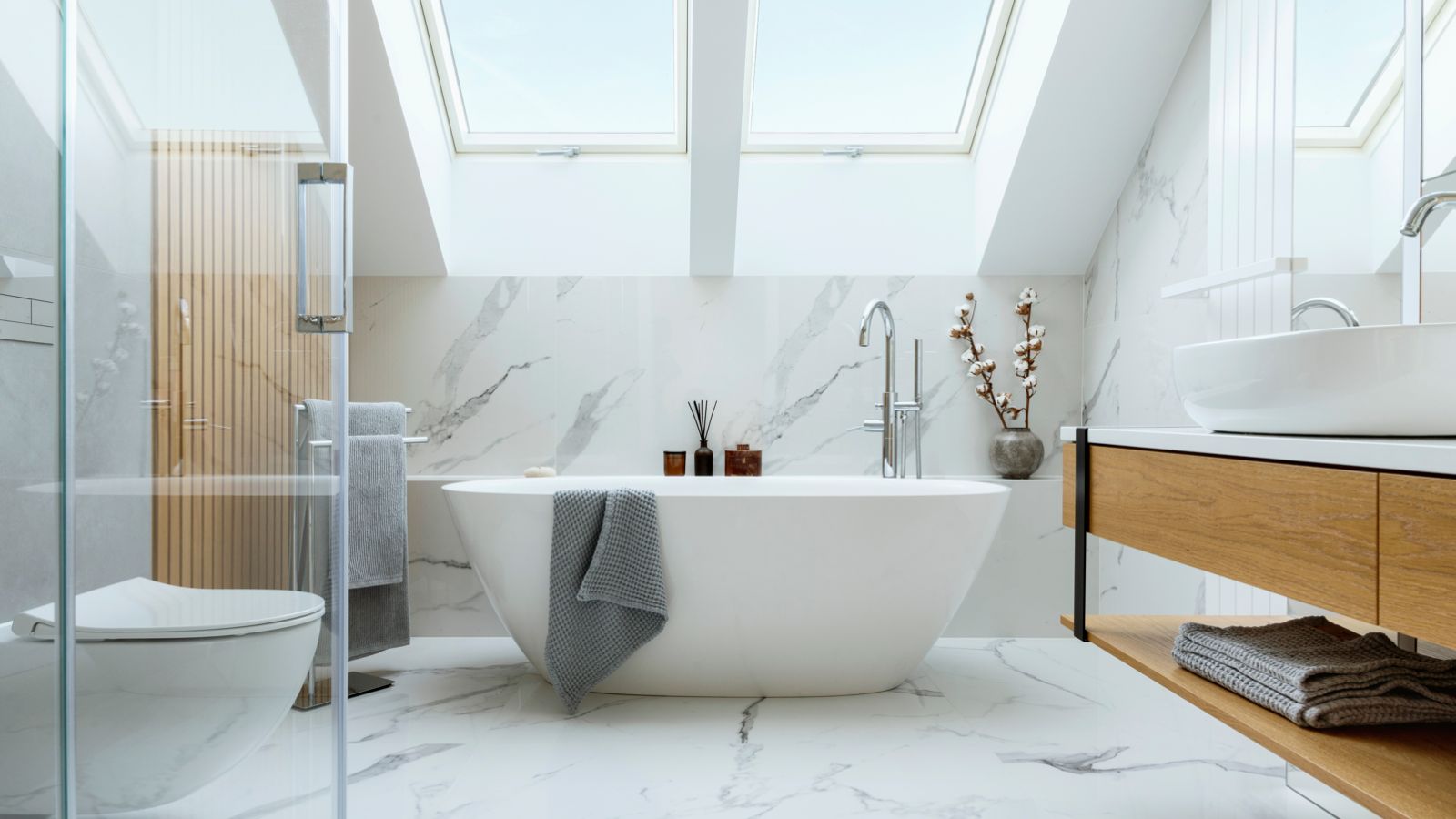While kitchen upgrades and solar installations give your home more appeal, certain projects make you lose money or even reduce the value of your home in the market. Avoid these 18 home improvement tasks if you’re trying to squeeze the most from a sale.
Replacing Vinyl Siding

Unless your siding is extensively damaged or worn out, you’re better off investing your money in other aspects of your home’s exterior. This is because, while repairing bad siding will increase your home’s value, you may not recoup the money spent on completely replacing good vinyl siding. It’s only worthwhile if you intend to replace parts of it with some stone veneers.
Complete Remodels

If you’re looking for a good ROI, a high-ticket reconstruction or remodeling of your home should be the last thing you do. Yes, if your house has structural issues, a reconstruction will improve its value. But don’t take up a remodeling project if your home is in good shape unless you’re only doing it to improve your comfort.
Adding a Foyer

A foyer may look nice to you if you’re a fan of big spaces. However, not all buyers find the foyer appeasing. Understand that having a foyer means you’ll have less space for other rooms in the home. Given that foyers don’t particularly offer too much functionality, constructing or adding to one isn’t worth it.
Swimming Pools

Another high-ticket project on our list that’s not worth it is the pool. Offering buyers a pool means you give them additional pool maintenance chores and costs, and people who want a functional backyard may see it as a waste of space. If your home is located in a particularly cooler climate, it would be even harder to get value from a swimming pool.
Built-Ins

Whether it’s a bed, window seat, or bathroom shelf, be careful while installing built-ins in your homes. Bankrate shares that “the main drawback of built-ins is their permanency. They’re not movable.” They limit design options for buyers, and you have to make sure that most people will appreciate any built-in features in your home. Your $2,000 investment can easily go down the drain.
Adding Wallpapers

The beauty of wallpapers is only in the eyes of the beholder. What seems awesomely aesthetic to you could probably be hated by your most promising buyer. The new owners of your home are more likely to rip your $1,000 wallpaper off than not, and the chore of doing this will make your home less appealing to them.
Using Low-Quality Green Products

Solar panels are excellent home investments, but gone are the days when they’ll always turn in a great ROI. Just as Forbes shares, outdated systems, poorly designed panels, or systems with bad efficiency ratings can actually decrease your home value. Be sure to go all out with your energy investments to make them worth it.
Excessive Landscaping

Landscaping can increase the value of your home by 20%. However, the NAR shares that poor landscaping could hurt your home’s value by 30%. One thing that drives buyers away is overdoing your landscape, which could involve adding too many trees, custom ornamental items, inefficient irrigation, or high-maintenance features like ponds.
Building Outdoor Fireplaces

Just like with landscaping, another outdoor feature that could either make or mar your real estate success is how you design a fireplace. If you can’t afford high-quality designs that fit perfectly into your curb, it’s best not to put money into one. You stand to lose an average of 44% of your investment.
Wall-to-Wall Carpeting

With carpeting, you stand a chance of actually lowering the value of your home. Making carpets your primary flooring (50% ROI) is less beneficial than investing in materials like hardwood (118%). It gets even worse with low-quality carpeting, as homebuyers will likely take them out—a chore that could drive many away.
DIY Improvements

You’ll agree that DIY improvements in your home aren’t always perfect. Yes, you can save yourself some money, but a noticeable inadequacy in the quality of repairs or installations will hurt your home’s value a lot. Make sure you don’t DIY important parts of your home like kitchen cabinets, painting, flooring, and (especially) roofing, according to CBS.
Creating Textured Walls

Although they were once popular, there’s a lot that comes with textured walls that buyers may not want to deal with. Not only do they collect more dust, but they are harder to match with other interior design improvements than plain walls. For instance, people who would love to install wallpapers will be discouraged from buying your home. Textured walls are also harder to paint over.
Setting Up Home Theaters

The problem with home theaters isn’t that they don’t add value to your home. It’s that, with them, your home has a limited buyer market, which reduces its saleability. Having a home theater means you have fewer rooms in the home, and it’s only a good investment if you already have a buyer for the right price.
Garage Conversions

Okay, so you’re looking for a way to add extra living space for a gym, office, or bedroom, and the garage looks like an enticing sacrifice. Understand that it pays you more to stay off it. US News shares that a staggering 72% of home buyers prefer homes with garages, and you’re just hurting your home’s saleability.
Installing Luxury Fixtures

Buying trendy, $1000 fixtures to replace what you have in your bathrooms and kitchen won’t give you the ROI you’ll be hoping for. It’s better to buy high-quality fixtures instead, as you give buyers durable items that they’ll love without unnecessarily hurting your pockets.
Buying Expensive Outdoor Lighting

You don’t need to spend a lot of money on outdoor lighting if you can get functionality with cheaper, more energy-efficient options. Less expensive options will give your buyers the nighttime security and curb appeal they’ll need without the energy costs that come with lights. If you have a lot of money to spend, opt for solar-powered LED lighting instead.
Adding Sun Rooms

Many say sun rooms are great for curb appeal and are cheap alternatives to full rooms that allow you to give buyers extra living space. Nonetheless, they offer less ROI than full rooms, and you’ll probably recoup below 50% of how much you spent on them. What’s more, Forbes shares that “sunrooms usually don’t get included in a home’s square footage total, which appraisers use to help determine home values.”
Replacing Mechanical Systems

With mechanical systems like water heaters, water purifiers, and your HVAC, it’s simple advice: “If it’s not broken, don’t fix it.” Your home’s value may go down if they don’t operate well, but it never adds up much if they’re working fine and you decide to spend thousands of dollars on replacement.
More From Planning to Organize

18 Things That Have Become Too Expensive And Are No Longer Worth It
18 Things To Stop Buying At the Grocery Store If You Want to Save Money
